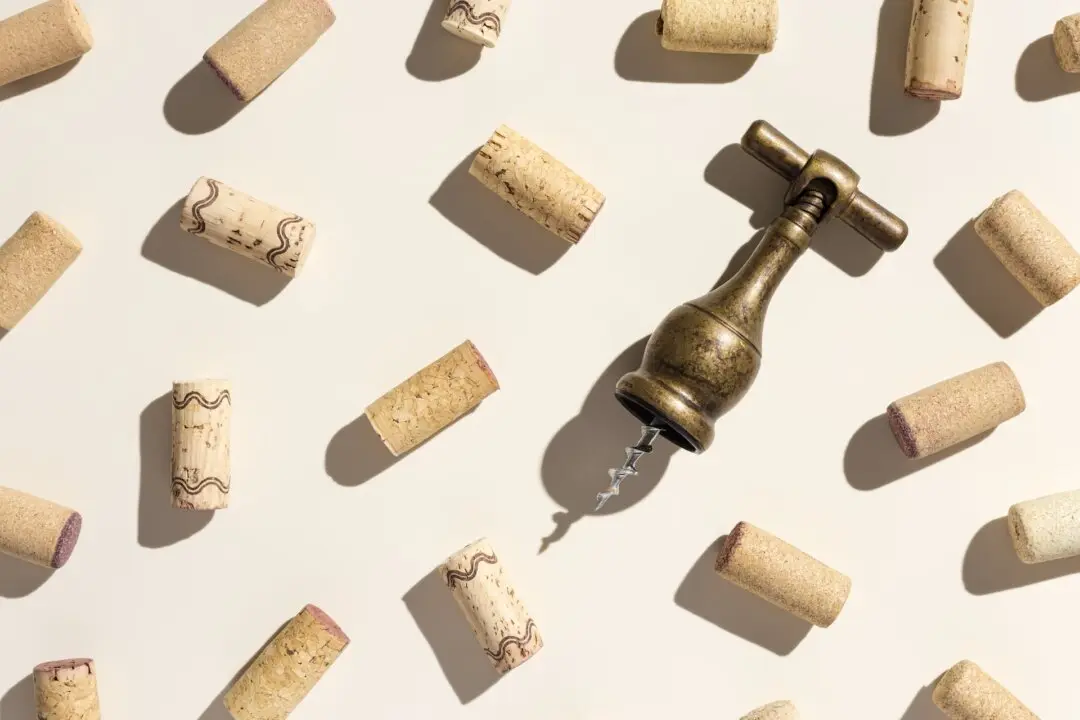When the days are consistently hot, an iced tea, beer, iced coffee, or simply a glass of ice water are among the most obvious ways to cool off. But when friends arrive and conviviality is appropriate, only a handful of beverages seem to be the best alternatives, especially if you’ve put out some cheese and crackers, chips and dips, and umbrellas in the proper locations.
I’m a huge fan of Champagne, of course, because it can be chilled down and not lose very much character. And those who know me also know of my absolute dedication to dry riesling, especially when they are really crisp and refreshing.





